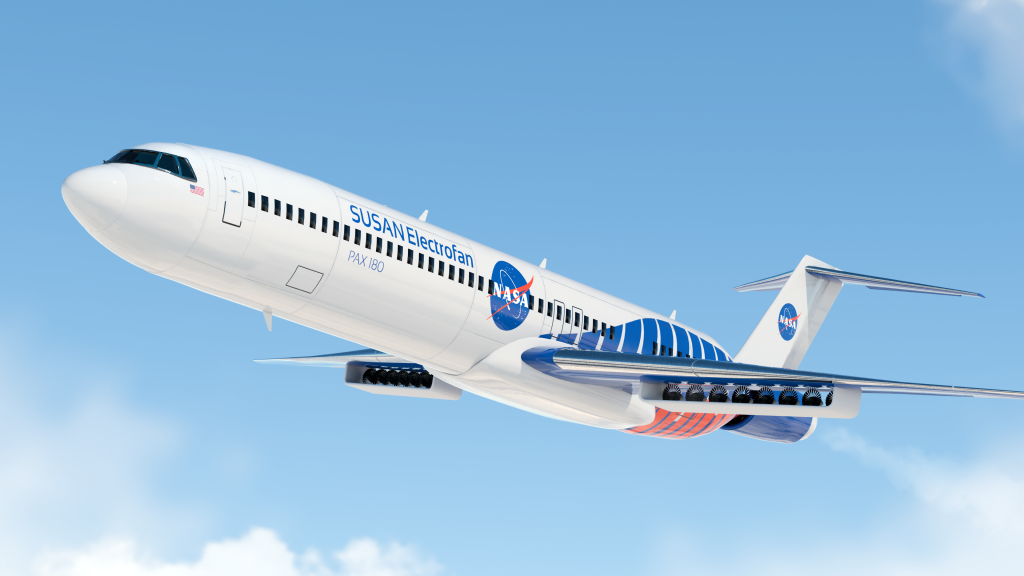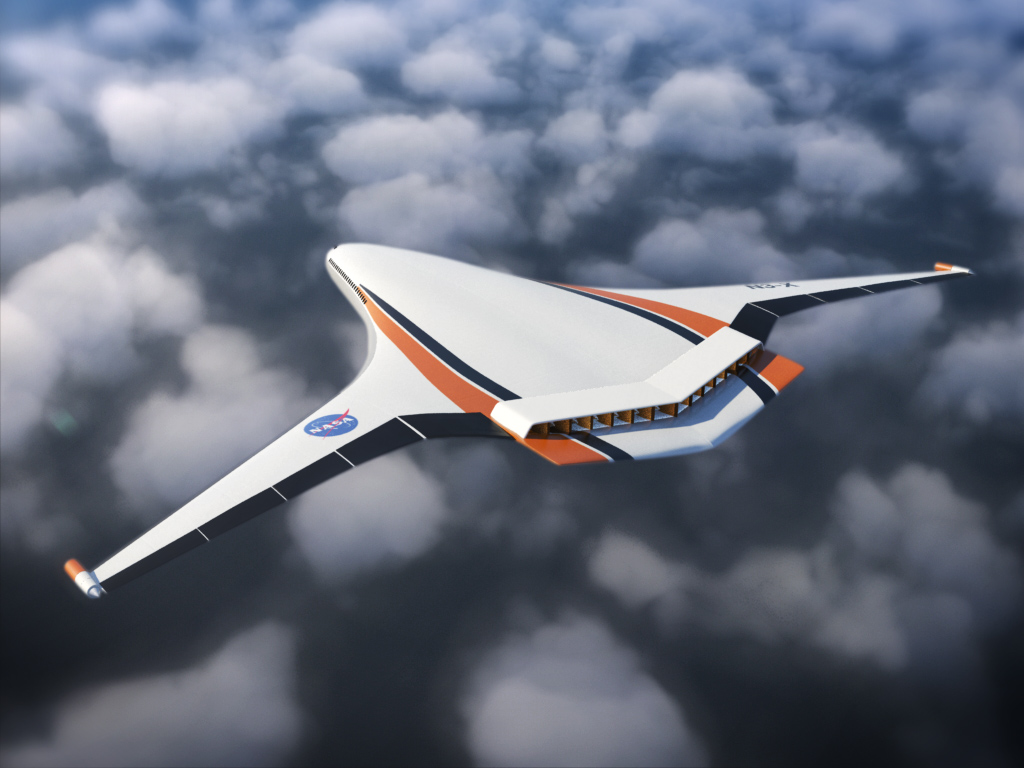Decades of space exploration have provided us with invaluable knowledge of Earth, our Solar System, and beyond. But, it has also led to an unintended consequence – orbital debris. In an effort to clean up space, NASA is seeking solutions from innovators across the globe. The Detect, Track, and Remediate: The Challenge of Small Space Debris competition invites participants to contribute groundbreaking concepts to detect, characterize, track, or remediate debris in low Earth orbit (LEO).
As humanity’s presence in space has expanded, so has the number of objects orbiting Earth. There are currently millions of tiny objects (between 1 millimeter and 10 centimeters, or just under 4 inches) in LEO. This debris can travel at high speeds, posing potential risks to current and future spacecraft. The United States Space Surveillance Network tracks larger debris, but the network does not currently track and monitor small objects. A more robust, scalable system is needed to successfully detect, track, and remediate small space debris.
The challenge encourages the public to think creatively, considering technologies and processes that may be less explored but have the potential for significant impact. Participants may submit a proposed solution to one of three challenge categories to win part of the $120,000 prize purse. The categories are:
- Detect/Characterize: The current state of the art in detecting and characterizing small space debris involves radar systems, optical telescopes, and data fusion algorithms. These technologies provide valuable information about the size shape and distribution of large debris objects, but their natural limits in resolution are not sufficient for the detection of smaller objects. A successful solution should deliver real-time, accurate data on debris orbits, physical properties, position, velocity, and potential collision risks.
- Track: Tracking small space debris involves continuous monitoring of position and trajectory. Ground-based radar stations and optical telescopes contribute to tracking efforts, but radar and laser systems are not cost-effective. Further, improvements in sensor capabilities are needed to track the smallest debris fragments. A viable solution should provide a comprehensive and up-to-date database of debris trajectories, aiding in space traffic management, collision avoidance, and predictive models.
- Remediate: Current approaches for remediating small space debris include designing satellites for controlled deorbiting at the end of their mission and implementing active debris removal missions. But this can pose significant issues in cost and time due to the amount of small space debris in LEO. An ideal solution should offer practical and cost-effective strategies for reducing the overall debris population, mitigating the risk of collisions, and maintaining the sustainability of orbital space.
Participants have until Nov. 15, 2023, to submit ideas. For more information about the challenge, visit: https://www.freelancer.com/contest/Detect-Track-and-Remediate-The-Challenge-of-Small-Space-Debris-2307546/details
Ensemble is hosting the challenge on behalf of NASA. The NASA Tournament Lab, part of the Prizes, Challenges, and Crowdsourcing program in the Space Technology Mission Directorate, manages the challenge. The program supports global public competitions and crowdsourcing as tools to advance NASA research and development and other mission needs.
Learn more about opportunities to participate with NASA via prize competitions and challenges at: https://www.nasa.gov/solve




























